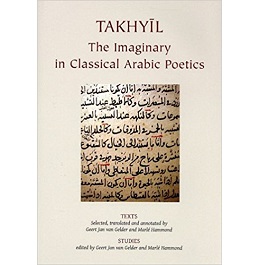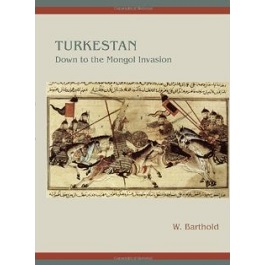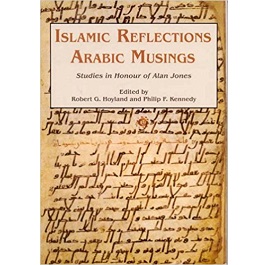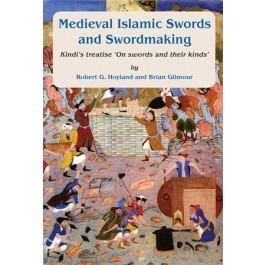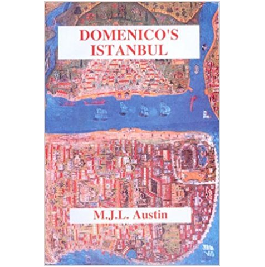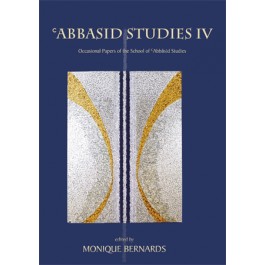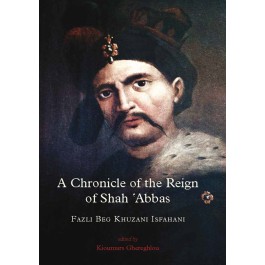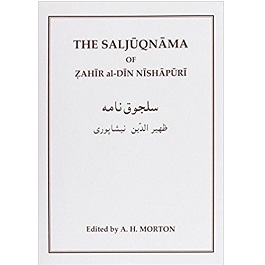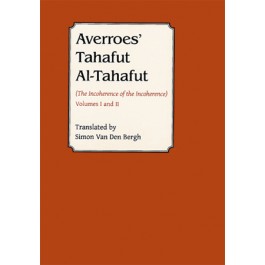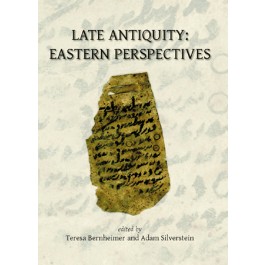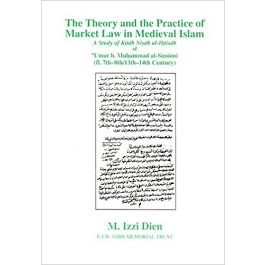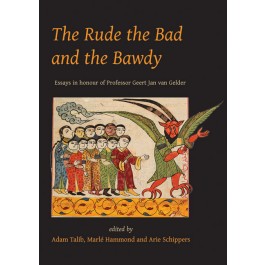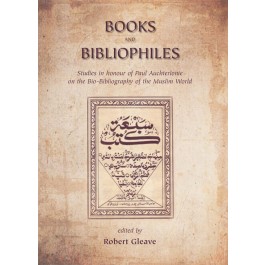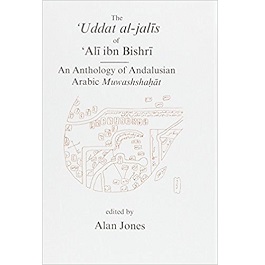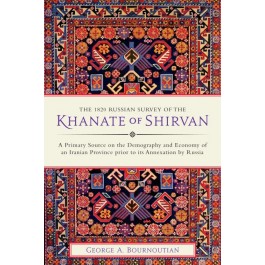Publish With Us
To submit a proposal please use the Proposal Guidelines
The E. J. W. Gibb Memorial Trust seeks to promote the study and advancement of research related to the history, literature, philosophy and religion of the Turks, Persians and Arabs where the pre-modern period (i.e. before 1918) is concerned, and welcomes book proposals related to such topics; its books published in partnership with Edinburgh University Press. The trust is especially committed to publishing editions and translations of classical Arabic, Persian and Turkish texts, but is also willing to consider other proposals within the remit of its interests.
To discuss a proposal for publication, in the first instance please contact the Trust’s Secretary, Mr Zuher Hasan, email secretary@gibbtrust.org
Selected Titles:
Submissions
Submitting a book proposal
A book proposal should contain a detailed statement of purpose explaining the aims and significance of the work; an outline of the contents including an abstract of each chapter, and in the case of an edited volume, the names and affiliations of the contributors; and a sample chapter. The proposal must contain an indication of the length of the book (the word count) and the number of illustrations, maps and tables.
The Trustees will decide on the basis of the submitted proposal either to reject it or to take it further. If the proposal is deemed to be potentially of scholarly value and to be within the remit of the Trust, it will be sent out for external review. If the proposal is accepted, the complete manuscript will also be externally peer reviewed.
Submitting a manuscript
A manuscript submitted to the Gibb Memorial Trust will be peer-reviewed by at least two specialist readers; these may be appointed by the Trustees from among themselves or chosen as external assessors. These readers will report to the Trustees and recommend acceptance, or revision, or rejection. The Trustees will make a decision on the basis of the recommendations. If re-submission after revision is recommended, the author should be given a detailed list of required changes, additions, deletions, and corrections. Referees’ reports will also be considered by the Press Committee of Edinburgh University Press.
The Trust is able to arrange the typesetting of Arabic script works, and will discuss with authors/editors on a case by case basis the best solutions for the production of their work.
Gibb Memorial Trust/EUP Proposal Guidelines
Preparing your book proposal
Proposals should be around 10 pages (excluding CV and sample material).
Please save your book proposal as a Word document and include the following information. This will help us to review your proposal and reply to you promptly.
Title
- A good title is vital for the marketing of your book.
- The main title should be short and clear, and communicate what your book is about.
- Subtitles can add more information.
- Include keywords in your title and subtitle to help readers to discover your book – think about the words people might use in search engines like Google to find your book.
Byline
- Your name, affiliation and brief biography, together with the names, affiliations and brief biography of anyone else who is an author, editor or translator of the book.
Headline
- Summarise your book in 10–15 words.
- Don’t repeat the title or subtitle.
- You can use a statement or a question.
- If you are using a statement, use the active voice: for example, ‘studies’ rather than ‘a study of’.
For example:
- Statement using active voice: Studies the transformation of Russian domestic politics and foreign policy under Vladimir Putin
- Question: What is the logical relationship between modern law and power?
Pitch
- One paragraph – around 150 words – describing the main purpose of your book: what it is about, why it is important and how it will benefit the reader.
- Use plain English and avoid clichés and overused words (e.g. accessible, comprehensive, path-breaking, original, novel, innovative and groundbreaking). Instead, show how your book is new and exciting through your description of the content.
Key features and benefits
- A brief bullet-pointed list of the distinctive qualities and benefits of your book.
- Be precise and give examples: what are the case studies about? Which primary sources does it draw on? Who does it engage with? If it is interdisciplinary, which disciplines does it bring together?
- Each key feature should be one statement.
For example:
- ‘Discusses cases from Australia, Belgium, Great Britain, Canada, Québec, Spain, Catalonia, Québec and several Latin American cases’
- ‘Provocatively rereads the history of continental philosophy after World War II’
- ‘Based on primary sources including newly discovered records from the Court of Session’
- ‘Brings together leading researchers from a range of disciplinary areas – literary criticism, history, law and philosophy’
Keywords
- A list of around 6 keywords that cover the central ideas of your book.
- Think about what people might type into a search engine if they wanted to find out about the subject of your book.
- Try to find a balance: not too general but not too specific.
- Do include the keywords from your title and subtitle.
- These keywords help our marketing team to classify your book for bookshops and libraries, and will also form a list of clickable keywords on our website that connect books on similar subjects.
Some sample keyword lists are:
- Virginia Woolf; women’s history; 20th-century politics; social class; gender studies
- Scottish Enlightenment; David Hume; Commercial Society; Adam Smith; Adam Ferguson
Short synopsis of the aims, scope, argument and approach of the book
- Which subject area or areas does your book fit into?
- How will you approach and present the topics?
- How will your book be structured?
- Which themes, concepts and ideas do you develop?
- How deep is the coverage? Is it an overview or an in-depth study?
- What will be included and what will be left out, and why?
Chapter-by-chapter description of content and form
- The table of contents.
- Make sure that all chapter titles – including the introduction and conclusion – have keywords that describe the chapter, so that the chapter title stands alone without needing any more information to say what it is about.
- The main sub-headings, where appropriate.
- A paragraph outlining the content of each chapter – including the introduction and conclusion.
- A list of the key authors, texts, case studies or examples covered by that chapter.
- The estimated word count for each chapter.
Category of book and readership level
What type of book are you proposing?
- Monograph
- Edited collection
- Textbook
- Reference work
- Critical edition
What level of reader is your book suitable for?
- 1st and 2nd year undergraduate students
- Upper-level undergraduate students
- Postgraduate students
- Academics, scholars and researchers
Readership
- Who will read your book? What level will they be at: undergraduate, postgraduate, academic?
- What is the primary subject area that your book is aimed at? Will it appeal to people in any other subject areas?
- Which courses could your book be used on?
- Is your book particularly relevant in certain countries?
Special requirements for textbooks
For textbooks, include information about the courses that might adopt the book as a primary course text:
- University/Institution
- Course title
- Course level
- Number of students (if known)
- Name of course leader (if known)
Competing and comparable books
- Please list 3–5 competing or comparable books published in the last 5 years.
- Include the title, author, publisher, publication year, price and number of pages.
- Think of these as forming the basis of a recommendation: ‘if you liked these books, you’ll also like my book’.
- Competing books are on the same subject, which people might buy instead of your book.
- Comparable books are on a similar subject, which people might buy as well as your book.
- Competing and comparable books should be of the same book type (e.g. monograph, textbook) and aimed at a similar readership.
- Tell us what distinguishes your book – why should people buy your book instead or as well?
Word count
- Include any preface, acknowledgements, notes, bibliography and appendices.
- Do not include the index.
Writing schedule to delivery of complete typescript
- Indicate when you confidently expect to deliver your completed, final manuscript.
- Writing often takes longer than our authors expect – please be realistic with your estimate!
- Include a writing schedule.
Sample material
- Supply a sample chapter or other published material related to your proposed book.
- A sample chapter is required if this is your first authored book.
- Send us your samples as separate Word documents.
Research funding
- Does the research on which your book is based (or, for edited collections, the research on which any of the chapters is based) acknowledge UKRI funding or any other source of funding? If so, please provide brief details.
Open access requirements
- Please let us know if you have any open access requirements, particularly related to your research funding.
- See our open access for authors page to find out more.
CV
Include:
- A list of relevant publications.
- Your full postal address.
- Contact telephone numbers.
- Your email address.
Peer review
- List 8 specialist readers who it would be appropriate for us to approach for an academic opinion about your proposal.
- While it is important to include the key people in your field, the principles of equality, diversity and inclusion are important so please consider this when making your suggestions.
- Include names, institutions and email addresses.
- Do not include colleagues from your institution, your PhD supervisor or examiners.
Edited collections – special requirements
- Names and affiliations of suggested contributors.
- Whether the contributors have agreed to contribute.
- Title, synopsis and word count for each proposed chapter.
- The quality control and editing procedures that you will adopt as the editor.
- The principles of equality, diversity and inclusion are important; please be sure that the contributors to your volume reflect this.
Books with illustrations (including tables and charts) – special requirements
For books with illustrations, please include the following information:
- A brief statement about why illustrations are essential to accompany the text.
- The illustration type. For example: photographs, drawings, maps, diagrams, graphs, charts, figures or tables.
- The number of illustrations in each chapter.
- Any funding to cover copyright permissions costs.
- Any funding to cover colour printing costs (otherwise, illustrations will be printed in black and white).
Reproducing material in copyright
If you plan to include material in copyright that requires permission to be cleared (e.g. substantial prose extracts), let us know whether you have secured and paid for the necessary permissions or have access to funds in order to do so.
